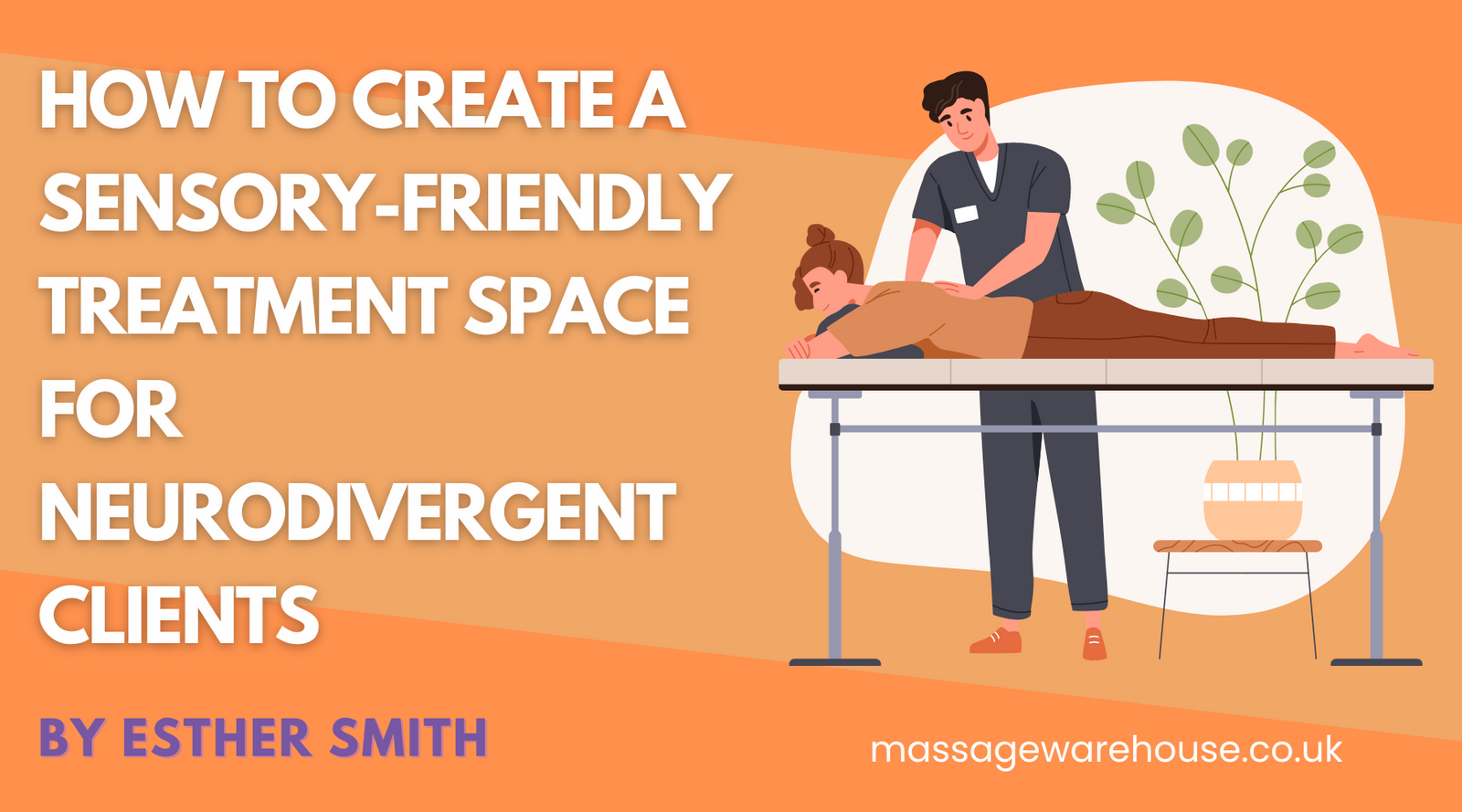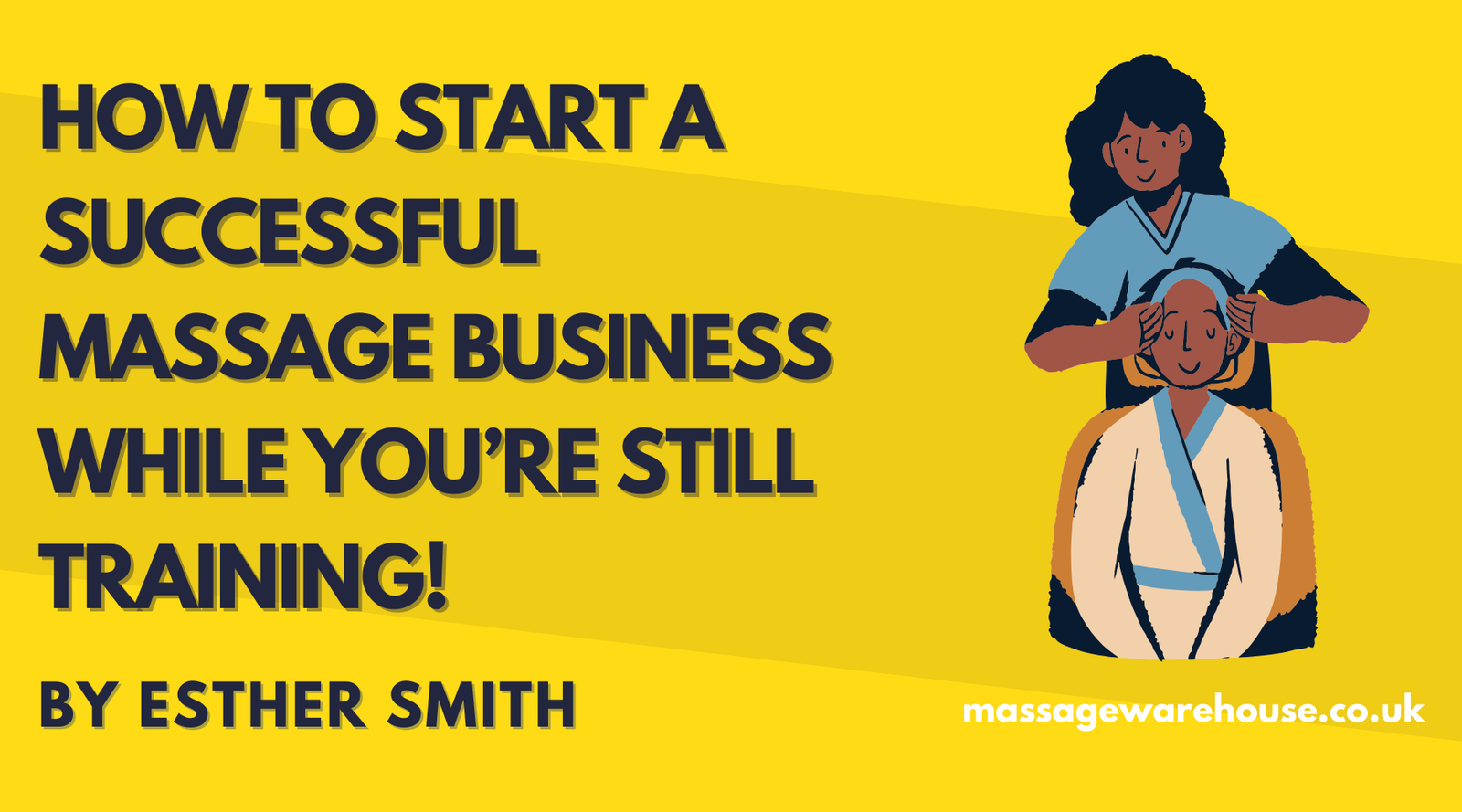Your Cart is Empty
Another great product from Massage Warehouse. Ordering is easy - delivery is quick- price is competitive. Thanks 🙏
Absolutely amazing every size you could need my clients have given me great reviews for this massage with these stones. I would recommend these to anybody I have used different makes in the past but these are by far the best ones I’ve used.
I was delighted with ease in the ordering and the quick delivery. The bed was packaged very well. It is very sturdy and wider than my other bed and the foam is thicker too. 10 out of 10 from start to finish. Thank you
I bought the same one years ago (at least 5 but I want to say even longer) and it recently stopped getting quite as hot so it was time to replace it. I didn't think twice, just came on and ordered the same one again as it works brilliantly, lasts ages and my clients love it











